Introduction
Abalone, also known as sea ears or sea snails, is a highly esteemed delicacy around the world, particularly in Asian cuisine. Its rich flavor and tender texture make it a favorite among gourmets. However, selecting fresh shell-on abalone can be a daunting task for those unfamiliar with the nuances of this seafood. This guide aims to provide comprehensive insights into how to choose the freshest shell-on abalone, ensuring that your culinary endeavors yield the most delightful results.
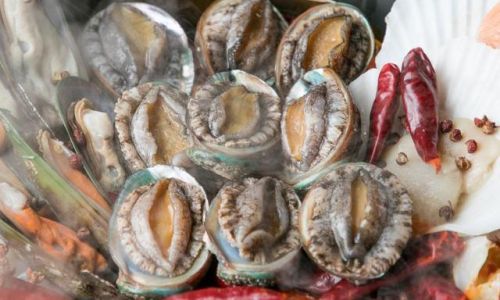
Understanding Abalone
Before diving into the selection process, it’s crucial to understand what abalone is and its various types. Abalone belongs to the family of gastropod mollusks, characterized by their flattened, ear-shaped shells and muscular foot used for movement. They are found attached to rocks and other hard surfaces in coastal waters, primarily in temperate and cold regions.
There are several species of abalone, each with its unique characteristics and habitat. Some of the most popular species include:
- Green Abalone (Haliotis fulgens): Found along the Pacific coast of North America.
- Black-footed Abalone (Haliotis cracherodii): Native to California and Baja California.
- Australian Abalone (Haliotis rubra): Commonly found in Australia’s coastal waters.
- Japanese Abalone (Haliotis discus hannai): Predominantly found in Japan and other parts of East Asia.
Each species has its own flavor profile and texture, but the general principles for selecting fresh shell-on abalone remain consistent.
Importance of Freshness
Freshness is paramount when it comes to abalone. Like any other seafood, stale or improperly handled abalone can harbor bacteria, leading to food poisoning. Moreover, fresh abalone offers the best taste and texture, making the culinary experience truly memorable.
Visual Inspection
The first step in selecting fresh shell-on abalone is visual inspection. Here are some key points to consider:
-
Shell Appearance:
- Look for shells that are intact and free from cracks or chips. Cracks can indicate that the abalone has been handled roughly or is old.
- The shell should have a natural, matte finish without any unusual discoloration. Discoloration can be a sign of aging or exposure to harsh conditions.
-
Color of the Foot:
The muscular foot of the abalone, which is the edible part, should be firm and have a vibrant color. Depending on the species, the foot can range from dark green to brownish-gray. Avoid abalone with a pale or discolored foot, as this may indicate spoilage.
-
Moisture and Adhesion:

- Fresh abalone will often still be attached to the substrate (rock or shell) they were found on. If the abalone has been detached, check for a thin layer of mucus, which is a natural secretion and a sign of freshness.
- The shell should not be excessively wet or slimy. Excess moisture can indicate that the abalone has been washed too aggressively or stored improperly.
Texture and Firmness
After visual inspection, the next step is to assess the texture and firmness of the abalone.
-
Touch Test:
- Gently press the foot of the abalone with your finger. It should feel firm and resilient, similar to the texture of a raw steak. If it feels soft or mushy, it’s likely not fresh.
- Avoid abalone that feels overly dry or brittle, as this can indicate dehydration.
-
Weight:
Fresh abalone should have a substantial weight. Lightweight abalone may have lost moisture, indicating that they are not as fresh as they should be.
Smell Test
The smell test is another crucial aspect of selecting fresh shell-on abalone. Fresh abalone should have a mild, oceanic scent. Here’s how to perform the smell test effectively:
-
Close Inspection:
Bring the abalone close to your nose and inhale gently. Avoid holding it too close, as the strong ocean scent can be overwhelming.
-
Identifying Off Odors:
- If the abalone smells fishy, sour, or ammonia-like, it’s a sign of spoilage and should be avoided.
- Fresh abalone should not have any pungent or unpleasant odors.
Source and Handling
Knowing the source and handling practices of the abalone can also provide valuable insights into its freshness.
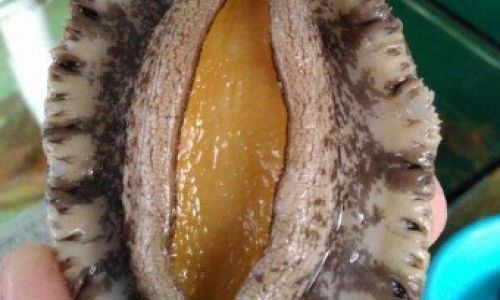
-
Trusted Supplier:
Purchase abalone from a reputable supplier or fishmonger. Trusted suppliers are more likely to source their products responsibly and handle them with care.
-
Handling Practices:
- Ask about the handling practices of the supplier. Fresh abalone should be kept in chilled conditions to maintain their freshness.
- Avoid suppliers who keep abalone in open displays or at room temperature for extended periods.
Seasonality
The seasonality of abalone can also affect its availability and freshness. Understanding the seasonal patterns of your local abalone species can help you make better purchasing decisions.
-
Peak Seasons:
Different species of abalone have different peak seasons. For example, Green Abalone is most abundant in the fall and winter, while Black-footed Abalone peaks in the spring and summer.
-
Availability:
During peak seasons, abalone is more abundant and likely to be fresher. Off-season abalone may have been stored for longer periods or transported from distant locations, affecting its freshness.
Storage and Transportation
Once you’ve selected fresh shell-on abalone, proper storage and transportation are essential to maintain its quality.
-
Immediate Refrigeration:
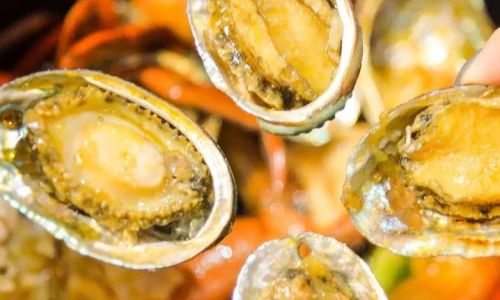
Store the abalone in a refrigerator as soon as possible after purchase. Keep it in a sealed container or wrapped in damp paper towels to retain moisture.
-
Avoid Freezing:
Shell-on abalone is best consumed fresh. Freezing can alter its texture and flavor. If you must freeze it, do so as a last resort and for as short a period as possible.
-
Transportation:
If you’re buying abalone from a distant supplier, ensure that it’s transported in chilled conditions. Insulated containers with ice packs are ideal for maintaining freshness during transit.
Preparation Tips
While not directly related to selection, knowing how to prepare shell-on abalone can enhance your culinary experience. Here are some basic preparation tips:
-
Cleaning:
- Scrub the outside of the shell with a brush to remove any dirt or debris.
- Use a sharp knife to carefully separate the foot from the shell, ensuring that you don’t cut into the edible portion.
-
Trimming:
Trim off any dark edges or tough parts of the foot for a more pleasant eating experience.
-
Cooking Methods:
Abalone can be cooked in various ways, including steaming, boiling, grilling, and stir-frying. Choose a method that suits your taste preferences and the recipe you’re following.
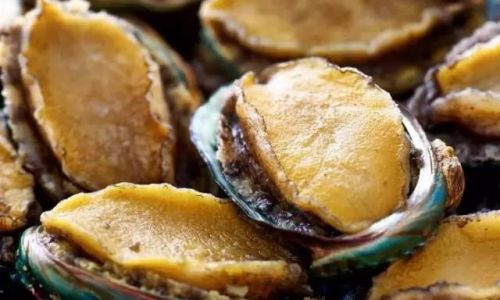
Conclusion
Selecting fresh shell-on abalone requires a combination of visual inspection, texture analysis, smell testing, and understanding the source and handling practices. By following these guidelines, you can ensure that your abalone is as fresh as possible, enhancing the flavor and texture of your dishes. Remember, fresh abalone is a delicacy worth investing time and effort into selecting properly. With the right knowledge and techniques, you can enjoy this exquisite seafood in its best form.
Additional Considerations for Different Species
While the general principles of selecting fresh shell-on abalone apply to most species, there are some species-specific considerations to keep in mind.
-
Green Abalone:
- Green abalone has a darker green foot compared to other species. Its shell is typically more robust and has a distinctive greenish hue.
- Due to its firm texture, Green Abalone is well-suited for cooking methods that require longer cooking times, such as stewing or braising.
-
Black-footed Abalone:
- Black-footed abalone has a distinctive blackish-brown foot and a relatively thin shell.
- This species is known for its tender texture and delicate flavor, making it ideal for lighter cooking methods such as steaming or grilling.
-
Australian Abalone:
- Australian abalone tends to have a larger size compared to other species, with a thicker and more robust foot.
- Its flavor is rich and slightly sweet, making it perfect for dishes that require a bold, seafood-forward taste.
-
Japanese Abalone:
- Japanese abalone is highly valued for its tender texture and delicate flavor.
- Its shell is often smaller and more delicate, requiring careful handling during preparation.
- This species is best suited for cooking methods that preserve its delicate texture, such as sashimi, sushi, or light steaming.
Environmental Considerations
As with any seafood, selecting shell-on abalone responsibly also involves considering its environmental impact. Overfishing and habitat destruction pose significant threats to abalone populations. Here are some ways to ensure that your abalone selection is environmentally friendly:

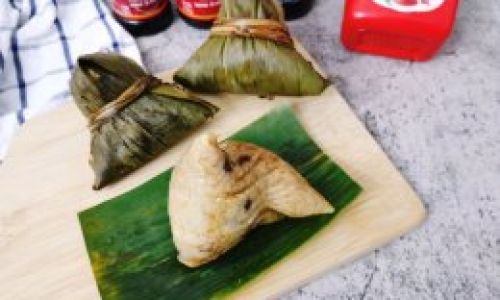


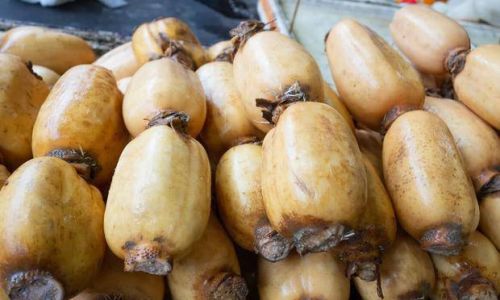
0 comments